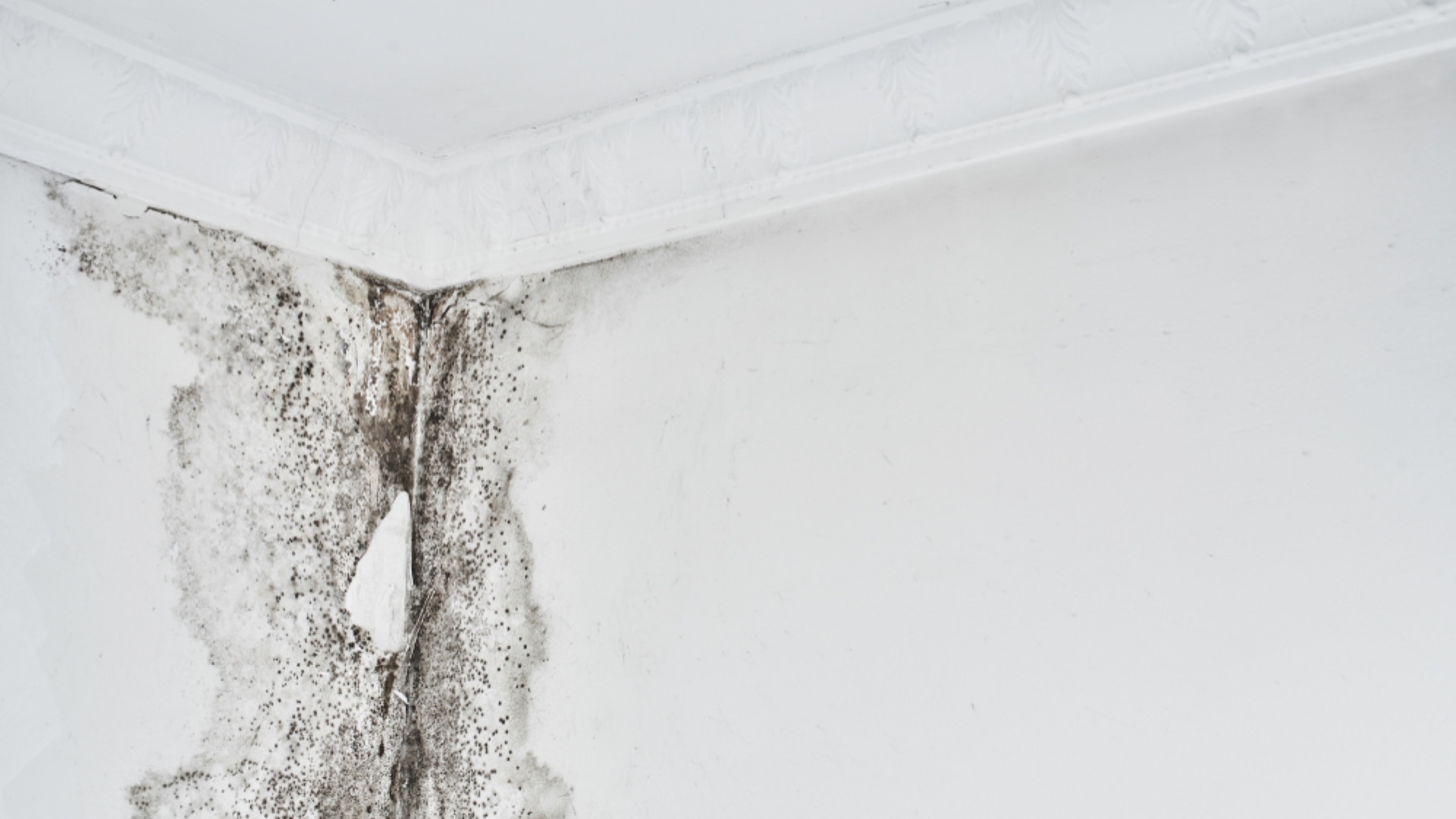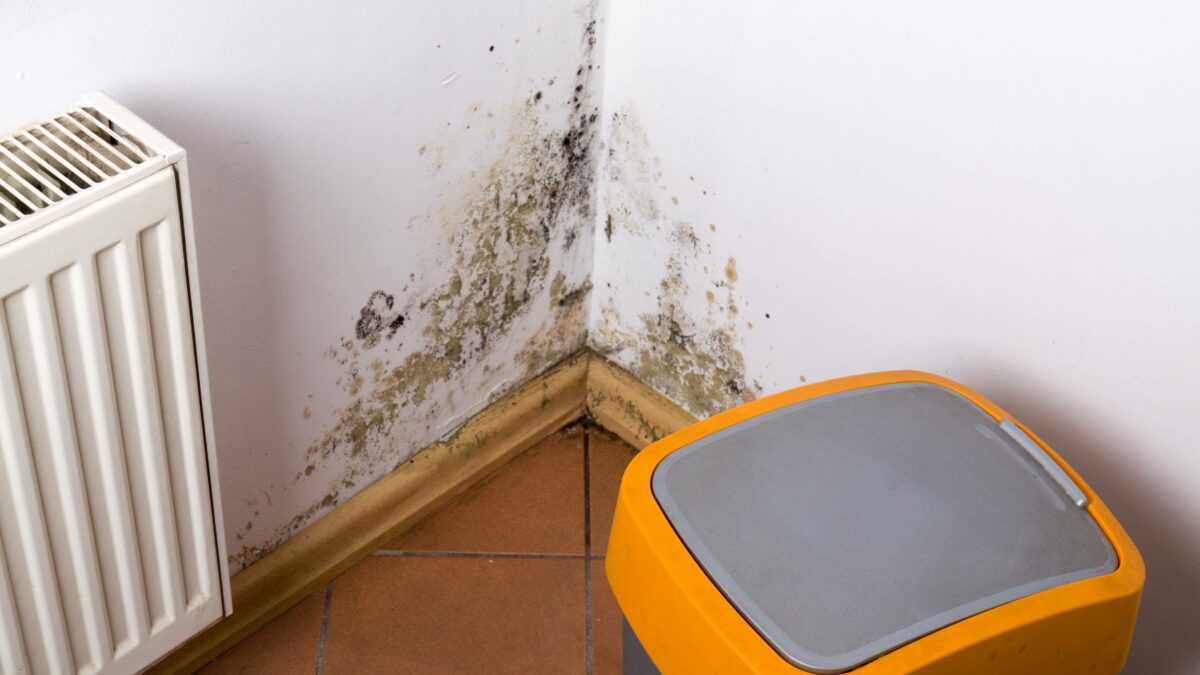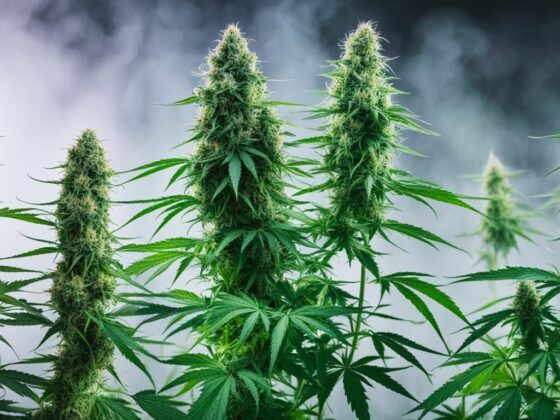Black mold, a notorious intruder in homes and buildings, poses significant health risks and structural damage if left unchecked. Its dark, ominous threads weave through damp spaces, often lurking unnoticed until the telltale signs—musty odors or unsightly stains—emerge.
Understanding how to identify and remediate this insidious menace is not just crucial for the safety and well-being of inhabitants but also essential for maintaining the integrity of your property. In this comprehensive checklist, we’ll guide you through the intricate maze of black mold testing and remediation, ensuring you’re equipped with the knowledge and tools to combat this hazardous foe effectively.
From recognizing the early warning signs to executing a successful cleanup, prepare to arm yourself with essential steps and expert advice that will help you reclaim your space and peace of mind.
Understanding Black Mold

Understanding Black Mold is essential for homeowners and renters alike, as this insidious fungus can wreak havoc on both health and property. Mold thrives in damp, warm environments, often lurking in places we can’t easily see—like behind walls or under carpets—making it an elusive adversary.
Its dark, velvety appearance is a telltale sign, but black mold often hides discreetly, rendering it even more dangerous. Not only can exposure lead to a range of health issues, from respiratory problems to allergic reactions, but it can also compromise the structural integrity of your home.
Knowledge about how to identify, test for, and remediate black mold is critical for safeguarding your living space and ensuring a healthy environment for you and your loved ones. Vigilance and prompt action in the face of mold growth can mean the difference between quick remediation and costly renovations.
Testing for Black Mold

Testing for black mold involves a meticulous approach that balances science and intuition. Begin by visually inspecting areas prone to moisture, such as bathrooms, basements, and around windows.
Look for signs of mold growth, which may appear as dark spots or fuzzy patches. However, don’t be fooled by appearances alone; some mold may lurk hidden beneath surfaces, in walls, or under flooring.
To confirm suspicions, consider using test kits available at hardware stores or hiring professionals for air quality testing. These methods can identify mold species and assess spore levels.
Remember, timing is crucial—tests should ideally be conducted when moisture levels are elevated to capture an accurate representation of potential hazards. Whether DIY or professional, thorough testing paves the way for effective remediation, safeguarding your home and health.
Post-Remediation Steps

Once the black mold has been successfully remediated, it is essential to follow up with a thorough assessment to ensure the environment is safe for reoccupation. Begin by conducting a detailed inspection of the affected areas to confirm that all mold has been removed and there’s no lingering moisture, which can be a breeding ground for future growth.
Next, consider employing a reputable third-party mold testing company to perform air quality tests; their independent analysis can provide peace of mind and validate the success of the remediation efforts. Additionally, reviewing and enhancing your home’s ventilation systems and moisture control measures can prevent a resurgence of mold.
Finally, document the entire process—before, during, and after—to create a comprehensive record that can be invaluable for future reference or potential disputes. By taking these thoughtful post-remediation steps, you not only reclaim your living space but also establish a proactive approach to mold prevention going forward.
Conclusion
In conclusion, properly addressing black mold issues requires a comprehensive approach that prioritizes safety and effectiveness. By following this ultimate checklist for Black Mold Testing and remediation, homeowners can ensure that they not only identify any existing mold problems but also implement the necessary steps to eliminate them. Staying vigilant about mold risks, maintaining proper ventilation, and promptly addressing moisture issues can significantly reduce the likelihood of future infestations.
Ultimately, being proactive in black mold testing and remediation not only protects your home but also safeguards your health and well-being.


